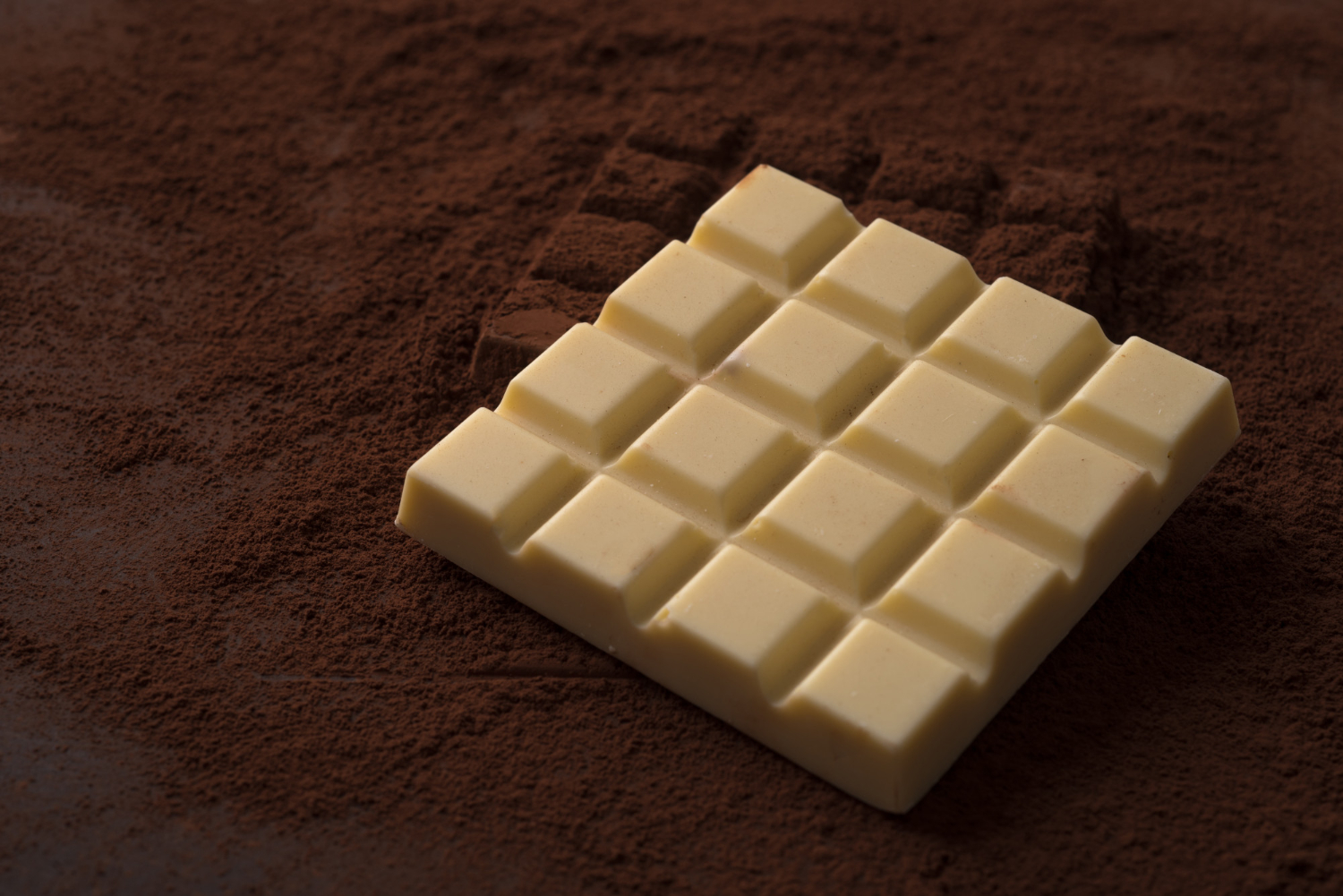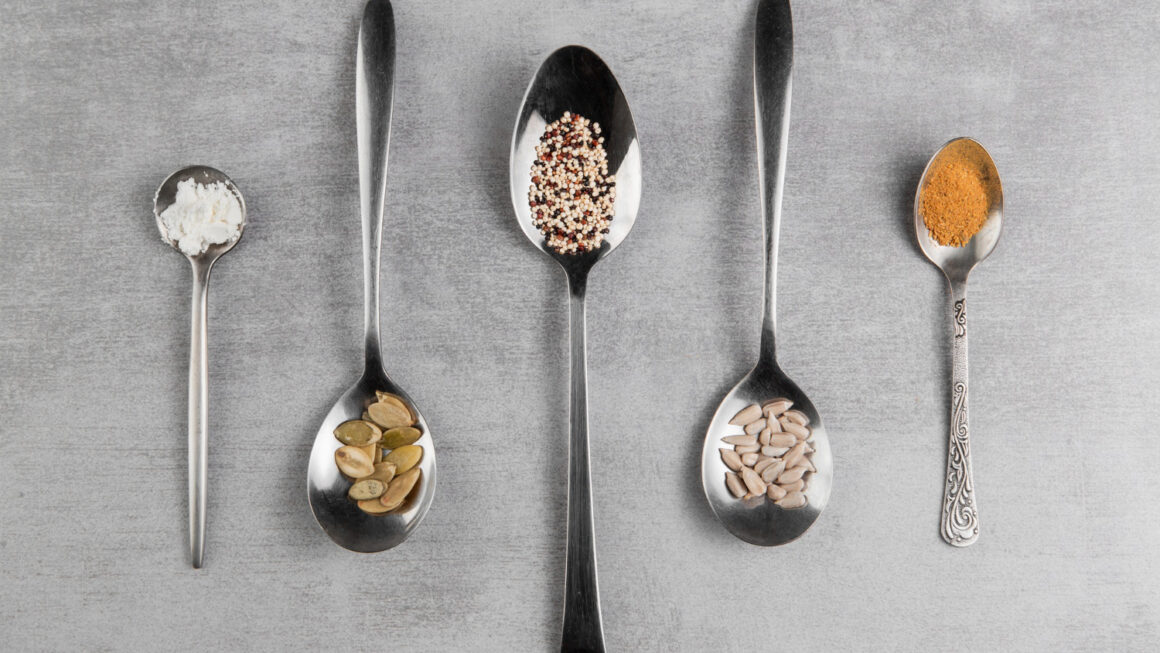White chocolate is a type of chocolate that is often misunderstood. While some consider it to be a delicious and indulgent treat, others argue that it isn’t really chocolate at all, since it doesn’t contain any cocoa solids.
We’ll go deeper into the world of white chocolate in this article, learning about its manufacture, history, nutritional makeup, and myriad culinary applications.
The Origins of White Chocolate
The origins of white chocolate can be traced back to Switzerland in the early 20th century. Nestle, which had been making milk chocolate since the late 1800s, invented it. In the early 1900s, Nestle developed a process for separating cocoa solids from cocoa butter, which allowed them to produce a new type of chocolate that contained only cocoa butter, sugar, and milk solids.
In Switzerland, the first white chocolate bar was released in 1930 under the brand name “Galak.” Consumers loved it, and soon other chocolate producers started making their own variations of the treat.
Despite its popularity, white chocolate has always been a somewhat controversial type of chocolate. Traditionalists argue that it isn’t really chocolate at all, since it doesn’t contain any cocoa solids. Others argue that it’s simply a different type of chocolate that deserves to be appreciated on its own terms.
The Production of White Chocolate
As we mentioned earlier, white chocolate is made using only cocoa butter, sugar, milk solids, and sometimes vanilla. Let’s examine each of these components in more detail and how they combine to produce this special kind of chocolate.
Cocoa Butter:
The fat that is obtained from cocoa beans for use in manufacturing chocolate is known as cocoa butter. It has a light chocolate flavor and a smooth, creamy texture. The unique “melt-in-your-mouth” quality of chocolate is due to it.
Sugar:
Sugar is added to white chocolate to give it sweetness. The amount of sugar used varies depending on the recipe, but it is typically the second most abundant ingredient after cocoa butter.
Milk Solids:
Milk solids are added to white chocolate to give it a creamy texture and a rich flavor. The milk solids used in white chocolate are typically made from powdered milk or condensed milk.
Vanilla:
Vanilla is sometimes added to white chocolate to give it a subtle flavor. Not all white chocolate recipes call for vanilla, but it is a common ingredient.
To make white chocolate, the cocoa butter is first melted down in a double boiler. Once it has melted, the sugar and milk solids are added to the mixture, and the whole thing is heated and stirred until it becomes smooth and creamy. The vanilla is then added if desired.
The mixture is then poured into molds and allowed to cool and harden. Once it has hardened, the white chocolate can be removed from the molds and used in a variety of recipes.
The Nutritional Profile of White Chocolate
White chocolate is often considered to be “guilt-free” chocolate since it doesn’t contain any cocoa solids. Although white chocolate has less fat and calories than other kinds of chocolate, it is still a highly processed food with a lot of sugar, so it should only be eaten occasionally.
A 1-ounce serving of white chocolate contains approximately:
- 153 calories
- 9 grams of fat (5 grams of which are saturated)
- 15 grams of sugar
- 2 grams of protein
- White chocolate also contains small amounts of calcium, iron, and potassium.
While white chocolate is lower in calories and fat than other types of chocolate, it is still a highly processed and sugary food that should be consumed in moderation. It is not a nutritious food and shouldn’t be eaten that way.
The Uses of White Chocolate in the Culinary World
A versatile ingredient, white chocolate may be utilized in many different recipes, from baked items to candy manufacturing.
Here are just a few of the many ways that white chocolate can be used in the culinary world:
Baking: Cookies, cakes, and muffins are just a few of the culinary items that may be made with white chocolate. It can be melted down and used in place of regular chocolate in many recipes, or it can be chopped up and added to the batter for an extra burst of flavor.
Candy making: White chocolate can be melted down and used as a coating for truffles, bonbons, and other confections. To make homemade candy bars, combine them with additional ingredients like almonds, dried fruit, or coconut.
Beverages: White chocolate can be added to hot cocoa or coffee to give it a rich and creamy flavor. It can also be used to make a variety of cold drinks, such as white chocolate milkshakes or white chocolate mochas.
Desserts: Mousses, puddings, and ice cream are just a few desserts that might benefit from the addition of white chocolate. It can be melted down and mixed with cream or whipped cream to create a light and fluffy texture.
Sauces and glazes: White chocolate can be melted down and used as a sauce or glaze for a variety of dishes, such as cheesecake, pound cake, or fruit tarts.
In addition to its many culinary uses, white chocolate can also be used in a variety of non-food applications. It can be found in skincare products to help hydrate and nourish the skin, like lotions and body butter. It can also be used in candles and other aromatherapy products to add a sweet and comforting scent.
Conclusion
White chocolate is a distinctive and adaptable ingredient with a wide range of culinary applications. Whether you’re a fan of its sweet and creamy flavor or prefer the traditional taste of dark chocolate, there’s no denying that white chocolate has carved out a special place in the world of chocolate lovers.




